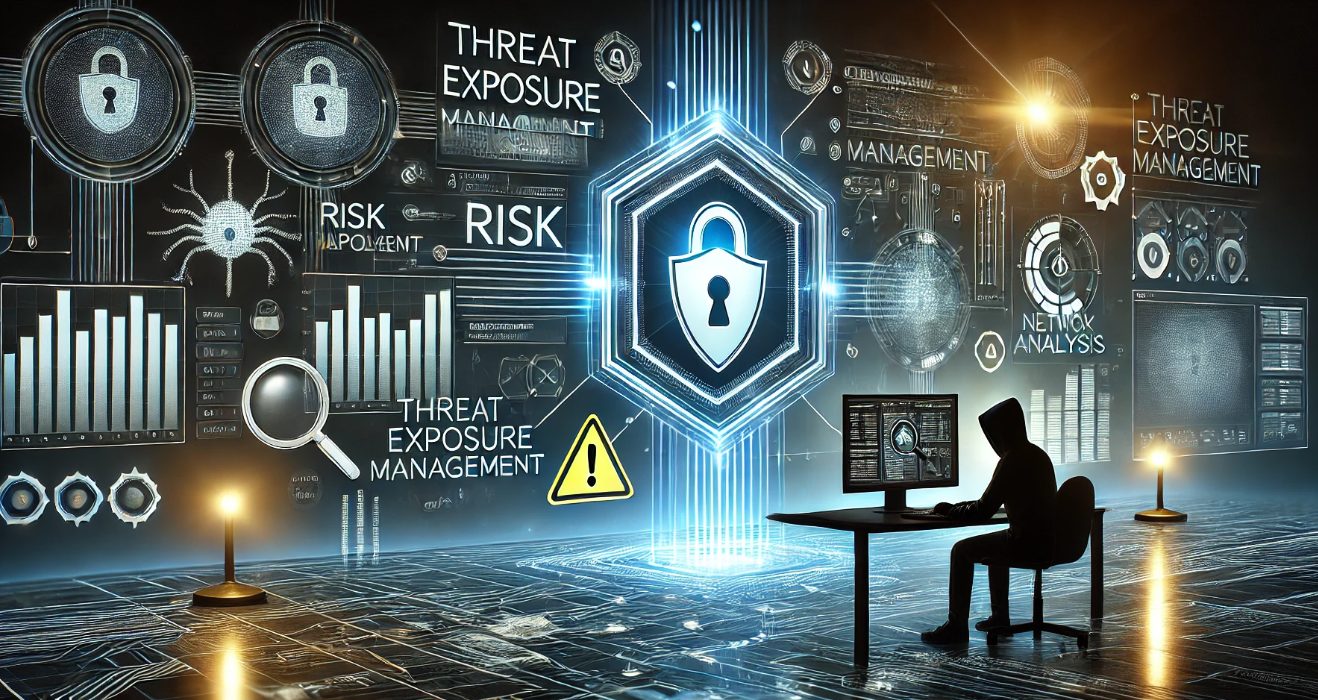Cyber threats are advancing at an unprecedented pace, making it imperative for businesses to stay ahead of potential risks. Traditional security measures often fall short in addressing the changing nature of threats, leaving organizations exposed. This is where Continuous Threat Exposure Management (CTEM) steps in as a game-changer, enabling proactive strategies that enhance cyber resilience.
Understanding Continuous Threat Exposure Management
Continuous Threat Exposure Management is a proactive approach that helps organizations identify, assess, and mitigate vulnerabilities in real time. Unlike conventional security assessments, which are periodic, CTEM provides an ongoing and systematic evaluation of an organization’s security posture. By continuously analyzing potential attack vectors, businesses can prioritize and mitigate threats before they can be exploited.
The Role of CTEM in Strengthening Cyber Resilience
1. Proactive Risk Identification
A static security approach often results in overlooked vulnerabilities, making organizations reactive rather than proactive. Continuous Threat Exposure Management ensures that security teams are always aware of emerging risks. By leveraging real-time threat intelligence, organizations can detect and address threats before they escalate into serious breaches.
CTEM enables security teams to shift their focus from responding to threats after they occur to actively identifying weak points before they can be exploited. This continuous cycle of assessment and improvement reduces the likelihood of security incidents, helping organizations maintain operational integrity.
2. Prioritization of Critical Threats
Not all vulnerabilities pose the same level of risk. With CTEM, businesses can assess the severity of each exposure and focus on addressing the most critical threats first. This risk-based approach prevents security teams from being overwhelmed by an unmanageable number of alerts, allowing them to allocate resources efficiently.
By integrating CTEM with risk intelligence tools, organizations can gain a clearer understanding of their exposure levels. This helps them prioritize threats based on their potential impact, ensuring that the most dangerous vulnerabilities are addressed before attackers can take advantage of them.
3. Enhanced Attack Surface Visibility
A constantly shifting attack surface makes it difficult for security teams to keep track of all potential entry points. Continuous Threat Exposure Management provides organizations with a comprehensive view of their assets, including shadow IT, misconfigurations, and external threats. This visibility allows teams to implement effective security controls that reduce exposure.
CTEM helps organizations maintain an up-to-date inventory of their digital assets, including cloud resources, third-party applications, and endpoints. By continuously monitoring these assets for vulnerabilities, organizations can prevent unauthorized access and reduce exposure to external threats.
4. Improved Incident Response Capabilities
Even the most secure environments are not immune to cyberattacks. However, organizations that implement CTEM can significantly reduce the impact of security incidents. By continuously monitoring for threats, businesses can detect intrusions early, respond swiftly, and prevent escalation. This proactive approach enhances overall cyber resilience.
CTEM supports security operations by enabling real-time detection and response mechanisms. By integrating with security information and event management (SIEM) tools, organizations can automate threat detection and streamline incident response efforts, ensuring that security teams can act before a minor exposure turns into a major breach.
5. Regulatory Compliance and Security Best Practices
Compliance frameworks and industry standards require organizations to maintain a strong security posture. Continuous Threat Exposure Management helps businesses align with regulatory requirements by providing continuous risk assessments and mitigation strategies. This not only ensures compliance but also strengthens overall security governance.
With regulations such as GDPR, HIPAA, and PCI-DSS imposing strict security mandates, businesses need to prove that they are actively managing their threat exposure. CTEM enables organizations to demonstrate compliance through continuous monitoring, reporting, and validation, ensuring that they meet regulatory expectations while improving security practices.
Implementing a CTEM Strategy for Maximum Effectiveness
To fully leverage the benefits of Continuous Threat Exposure Management, organizations must adopt a structured approach. Here are key steps to ensure a successful CTEM implementation:
- Continuous Discovery and Assessment: Regularly scan for vulnerabilities, misconfigurations, and potential attack vectors.
- Risk-Based Prioritization: Focus on addressing threats that pose the highest risk to critical assets.
- Automated Threat Detection: Leverage AI and machine learning to enhance threat intelligence and reduce manual efforts.
- Mitigation and Validation: Implement and validate security fixes promptly to minimize exposure.
- Ongoing Monitoring and Adaptation: Cyber threats evolve constantly, so CTEM strategies should be continuously refined to stay ahead.
To ensure that CTEM strategies remain effective, organizations must integrate security automation, leverage advanced analytics, and continuously assess their risk posture. Additionally, fostering a security-first culture within an organization helps reinforce CTEM initiatives by encouraging employees to follow best practices and remain vigilant against emerging threats.
Conclusion
Continuous Threat Exposure Management is essential for maintaining a resilient cybersecurity posture. By proactively identifying, prioritizing, and mitigating risks, organizations can strengthen their approach against evolving threats. With CTEM, businesses can move beyond reactive security measures and build an adaptive security framework that safeguards their assets effectively.
Adopting a CTEM driven approach ensures that cyber resilience is not just a goal but a continuous process, enabling businesses to stay ahead of potential risks and maintain a secure operational structure. By integrating continuous monitoring, proactive risk mitigation, and real-time threat intelligence, organizations can build a more resilient security strategy that evolves alongside emerging threats.
By making CTEM an integral part of cybersecurity strategy, businesses can shift from a reactive stance to a proactive one, reducing risk exposure while improving overall security effectiveness. As cyber threats continue to evolve, organizations that prioritize Continuous Threat Exposure Management will be better positioned to protect their assets, maintain regulatory compliance, and ensure operational continuity.
